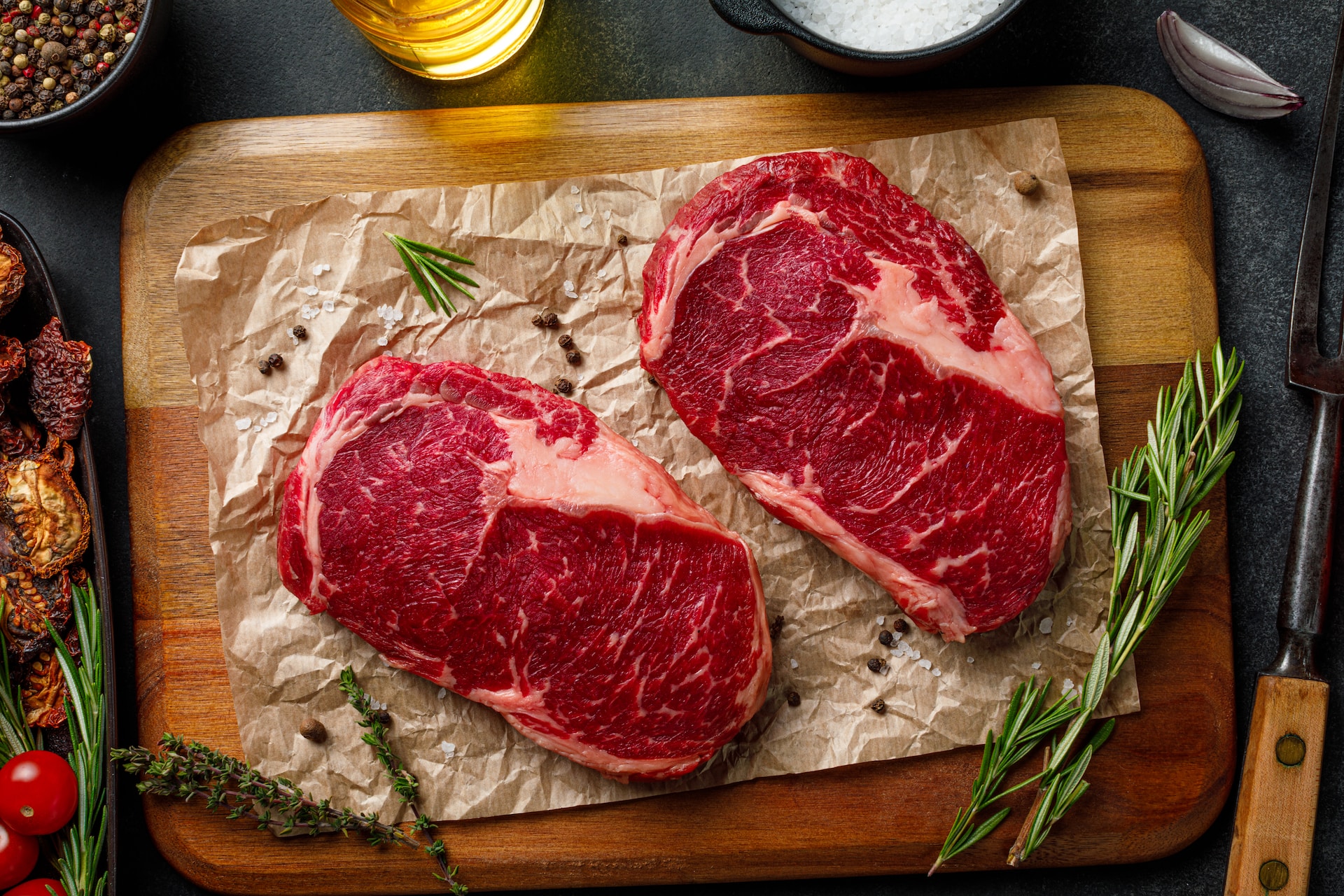Why Grass-Fed Beef is the Healthier Choice
Grass-fed beef has more Omega-3 fatty acids (up to five times more) and CLA, which helps boost the immune system and prevent disease. It also has less saturated fat and a richer flavor. Conventional cows are fed massive doses of antibiotics to help them grow faster. This makes them reach full size up to a year sooner than grass-fed cows.
Contents
It’s More Nutritious
You’ve probably heard the phrase, “You are what you eat.” But it goes even further than that. You are what the animal you eat eats. Grass-fed cattle eat grasses, herbs, and other plants, which are a much more natural diet for cows than grains.
Most conventionally raised cows eat corn, grain byproducts, soy, beef fat (a result of mass cattle cannibalization at slaughterhouses), and other highly processed ingredients that aren’t good for humans or animals. However, some are even wondering how much meat is half a cow and whether are they worth the price.
According to studies, grass-fed cows are healthier, and their meat is more nutritious than meat from corn-fed cows. Grass-fed meat contains more vitamins, B12 and C, and more omega-3 fatty acids. It also has more antioxidants, like selenium and zinc. It tastes better than grain-fed beef, especially when served with nutrient-rich whole foods like organic vegetables, fruits, and berries. You can find grass-fed beef at your local farmer’s market or buy it from online vendors that deliver it to your door.
It’s Less Fattening
The nutrient-dense grass the cows eat is much less fattening than the processed corn and soy diets of grain-fed cows. Because of this, the meat is leaner and healthier for you. It also has a more earthy or grassy flavor that many people prefer.
Another benefit of grass-fed beef is that it has less “bad” cholesterol and saturated fat than conventional meat. This may help prevent heart disease. In addition, it is higher in omega-3 fatty acids and CLA (conjugated linoleic acid), which are associated with several health benefits.
Grass-fed beef is also better for the environment. Conventional feedlots produce much methane gas, contributing to global greenhouse emissions. Pasture-raised cattle use the rotational grazing method, which helps to scrub carbon dioxide from the air and enriches the soil. It also reduces the water needed to produce a pound of beef. In addition, one study found that antibiotic-resistant bacteria like S. aureus were more prevalent in grain-fed meats than grass-fed ones.
It’s More Sustainable
In addition to the health benefits, many people choose grass-fed beef because it is more sustainable than factory meat. Factory-farmed cattle greatly impact the environment, with livestock accounting for 65 percent of the world’s animal agriculture greenhouse gas emissions.
Cattle raised in feedlots contribute to soil erosion, water pollution, fossil fuel consumption, and poor air quality. However, grazing animals on pastures using rotational grazing techniques and other regenerative agricultural practices reduces greenhouse gas production by improving soil quality, water use, nutrient management, and carbon sequestration.
Grass-fed beef isn’t just more sustainable—it’s more environmentally friendly than grain-fed beef. Grass-fed cattle don’t require as much land to be fed as grain-fed ones because they eat only grass and forage, so less land is needed to grow corn or soybeans. Grass-fed cattle also produce more methane than their grain-fed counterparts because they eat more fiber and sequester more carbon from the atmosphere in their manure and roots.
It’s More Delicious
When you eat grass-fed beef, it’s not only healthier, but it tastes better. This may be due to several things, including the fact that it typically comes from cattle that are not fed grain, but also because the producers use new methods such as “finishing” on forage like clover, which lends the meat a sweeter profile. Many producers also dry-age their beef, intensifying the flavor and increasing tenderness.
In addition, grass-fed beef is richer in carotenoid precursors to vitamin A (beta carotene) and vitamin E. Both are fat-soluble vitamins that promote a healthy immune system and encourage cell growth.

